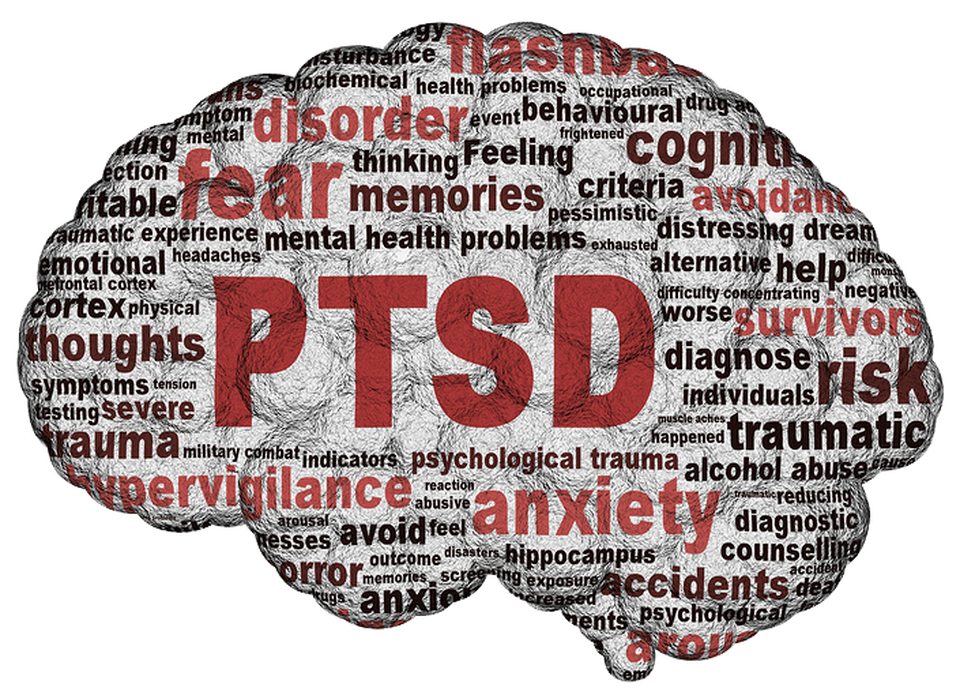What exactly is PTSD?
- David Shoup

- Jan 12, 2022
- 3 min read
Before someone can combat their PTSD, they need to understand exactly what they are up against. No one would go into battle without understanding their enemy, without their weapons, or their equipment. However, thousands if not millions of people are fighting a dangerous war with their PTSD every day without any of this.
PTSD, otherwise known as Posttraumatic Stress Disorder is a recognized psychiatric disorder that may occur in people who have experienced or witnessed a traumatic event. However, this is a fairly general approach to understanding PTSD. The Diagnostic Statistical Manual - V labels PTSD as follows: (1) the individual was exposed to actual or threatened death, serious injury, or sexual violence; (2) there is the presence of one or more intrusive symptoms associated with the traumatic event (for example distress memories or recurrent dreams); (3) persistent avoidance of things that are associated with the traumatic event; (4) negative alterations in thinking or mood associated with the traumatic event (such as the inability remember important aspects of the event); and (5) marked alterations in reactivity associated with the traumatic event (such as angry outbursts or hypervigilance).
Scientists now understand that PTSD can literally rewire our brains. It can change how we think, how we process information, our ability to remember things, and how we respond to our environments. One thing that makes PTSD so damaging is how much it causes our brains to overgeneralize.
Consider this example: Nick was a United States Marine Corps Veteran who served in support of Operation Iraqi Freedom over ten years ago. During his combat tours he learned to keep space between himself and his comrades during their patrol.

Similarly, anyone who approached his patrol was considered to be an immediate threat because they likely wanted to harm him or his comrades. Now fast forward to his life as a civilian now and he cannot shake the intense fear and panic that grips him when he is presented with a crowded room. Nick is experiencing a very common symptom of PTSD - his brain has overgeneralized what was once used to keep him safe. The problem is - this survival tool is no longer useful and is no longer needed. However, it continues to plague his life.
To make matters worse - PTSD is never typically alone. It commonly causes things like anxiety and depression to manifest themselves. This is why originally (back around the 1980s) PTSD was considered to be an anxiety disorder as opposed to how it is classified now.
With this new understanding of just what makes PTSD so unique, we can also clearly see just how damaging PTSD can be. It can truly impact our entire lives.
Fortunately, the human brain is incredibly malleable and can heal and change even from experienced intense trauma. Through a concept called neural plasticity - the brain can make new pathways, new channels, new thought patterns, and new habits. This means that the damage that PTSD has caused can be changed. The brain can learn to accept something as safe which was previously believed to be dangerous (like Nick felt around crowds or people approaching him in public). However, this requires incredible discipline and effort and is not easy to do.
At the Warfighter Alliance - we understand. Our focus is to mentor our nation's veterans in battling this complex disorder so that we can all claim victory. Contact us today at VeteranWarfighterAlliance@gmail.com to learn more.





Comments